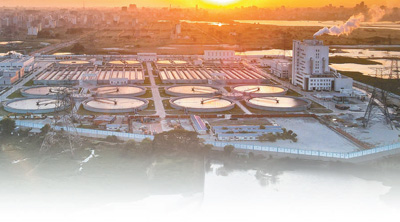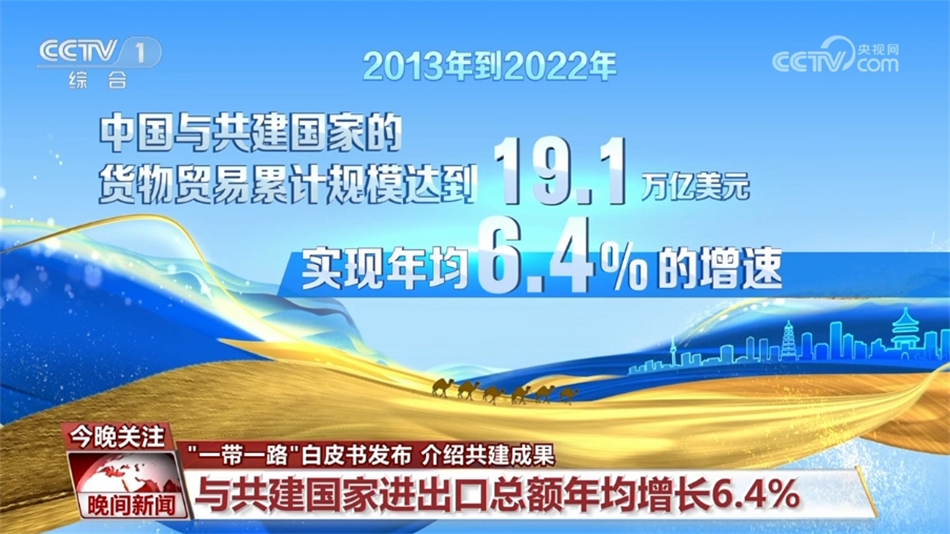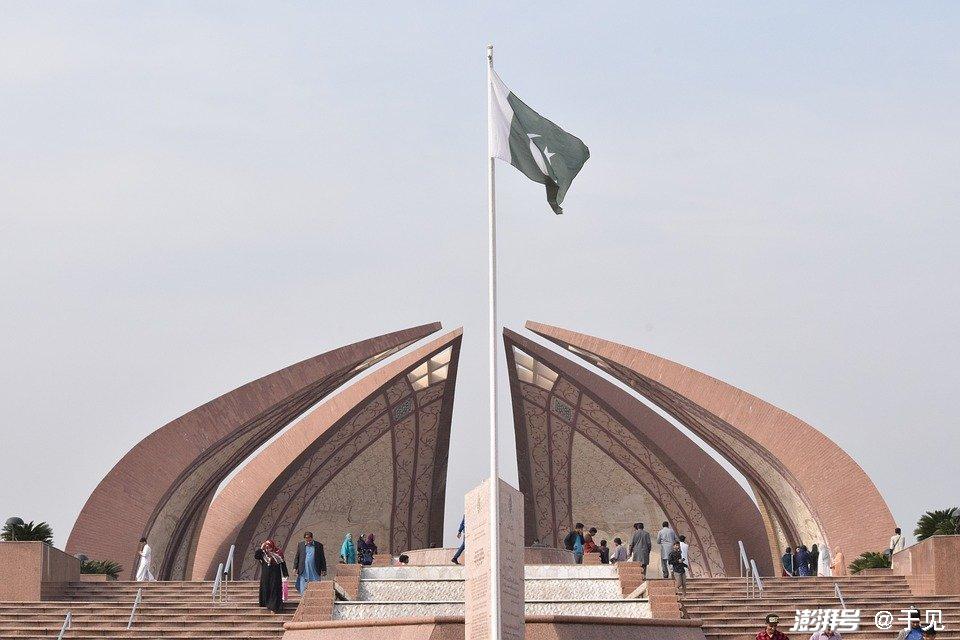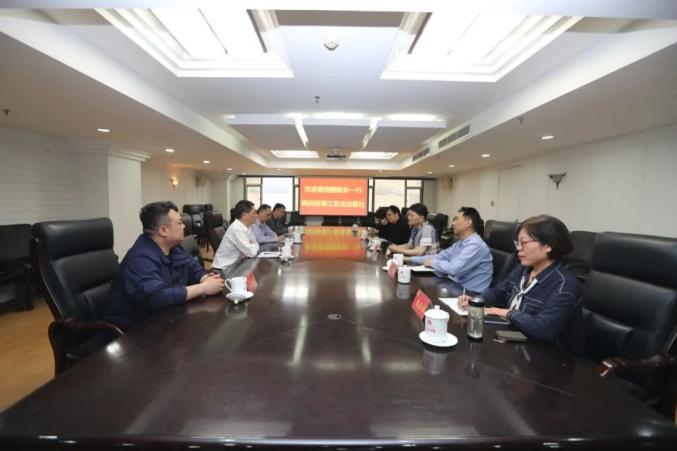Sending Money To More Than 150 Countries? Is China's "One Belt, One Road" Really Just "people Are Stupid And Have Too Much Money"?
Sending Money To More Than 150 Countries? Is China's "One Belt, One Road" Really Just "people Are Stupid And Have Too Much Money"?
"Who would give away trillions of dollars at will?" This is the question that many people ask when they see China's "One Belt, One Road" foreign investment. In the face of debate, various opinions emerge one after another. Some people take one side and say that China is "throwing money" overseas, while others study the actual returns behind cooperation.
"Who would give away trillions of dollars at will?" This is the question that many people ask when they see China's "One Belt, One Road" foreign investment. In the face of debate, various opinions emerge one after another. Some people take one side and say that China is "throwing money" overseas, while others study the actual returns behind cooperation. Behind these views, the reality is far more complex than it appears.

China launched the “One Belt, One Road” initiative in 2013. By 2024, cumulative global investment has exceeded US$1 trillion, including a total of US$192.2 billion in foreign direct investment. The flow of funds is obviously tilted towards basic projects such as railways, ports, and energy, especially in Southeast Asia and Africa. When Chinese companies participate in construction projects, they not only invest capital, but also bring equipment and personnel. The actual operation is not simple.
The port of Piraeus in Greece has been renovated. Large-scale equipment and management teams are in charge of Chinese companies. After the port's competitiveness is improved, it will not only help Greece enhance its shipping capacity, but also pave the way for Chinese goods to enter Europe. Part of the capital flow goes back to Chinese manufacturing companies, which also creates jobs for the local workforce. These projects are usually designed based on actual needs, and money and resources do not flow in one direction.
Some Western media criticized China as a "debt trap", while others said China was expanding its economy. In fact, most projects in China adopt the method of joint planning and risk sharing with partners. The investment agreement emphasizes "extensive consultation, joint contribution and shared benefits" and will not arbitrarily attach mixed conditions. Transportation and power upgrades in many places in Africa will not only be solved through loans, but will also match local economic development goals. In this way, job opportunities and skills training will be promoted simultaneously, and participating countries will not only receive money, but also harvest new technologies.

The differences between China and the West in project cooperation are prominent
In the past, when the West provided aid, it often required the recipient countries to carry out political and market reforms, and occasionally even required the recipient countries to change their systems. As a result, many countries in Latin America and Africa have accumulated large amounts of debt, and are under great pressure to repay in the end. In the “One Belt, One Road” project, China rarely makes demands on internal affairs and pays more attention to the actual economic situation of the other party. Most of the loans are long-term and have low interest rates, and some are even repaid with resources or products.
The World Bank analyzed the debt sources of many countries and pointed out that China's share is not the largest. In some African countries’ foreign debt, China’s creditor’s rights usually account for less than 20%. Most of the default risk comes not from China but from private financial institutions or Western banks. Chinese companies offer longer terms, lower interest rates, no pressure for repayment, and the risks are easier to control step by step.
The U.S.-led "Indo-Pacific Strategy" is intended to disperse China's influence, but actual economic data shows that the trade volume between China and the United States will still reach US$680 billion in 2024. The supply chains of both parties are closely intertwined, and the exchange of talents and capital has not been reduced. China has publicly stated that it has no intention to contain the United States.
The Belt and Road Initiative itself is an extension of opening up to the outside world and is also the result of changes in global supply and demand. Chinese companies are expanding overseas investment and gradually forming a diversified layout, no longer relying on a single market, ensuring they have more choices in a changing situation. This is both to prevent risks and to seek growth opportunities.

It seems that the “Belt and Road Initiative” is no longer just about economic cooperation, but more often a global governance platform, where countries can put forward their actual needs in the project. For example, new energy projects in the Middle East connect Chinese technology and local resources to maximize production capacity. The implementation of power and transportation projects in Africa will revitalize land and encourage rural young people to go out to work. The attitude of local society towards Chinese enterprises has gradually shifted from wait-and-see to welcoming, because the changes are real.
Participating countries often see new results after project cooperation. Greek ports, Southeast Asian highways, African energy stations, etc., each of them is closely related to local development. For daily management, Chinese companies try to hire local personnel and organize technical training to build teams. These details make cooperation in-depth and benefit sharing more than just a verbal promise.
When some projects encounter sudden changes, such as unstable situations and policy changes, Chinese companies will adjust their strategies and strengthen localized management. Some construction sites were eventually led by local teams, with foreign experience passed down and technology and management methods retained at the project site.
During the actual operation of the “One Belt, One Road” initiative, we found that when dealing with different countries, we need to understand local regulations and customs. With the accumulation of international experience, Chinese companies have gradually adapted to the local working environment, and the content of projects has become more and more diverse. Some water conservancy projects also cooperate with community health and education services, not only building bridges and roads, but also promoting all-round development.

Global investment is changing rapidly. After joining the “One Belt, One Road” initiative, many countries have combined their agriculture, manufacturing, logistics, etc., and worked with Chinese companies to promote actual upgrades. In the next few years, new cooperation models will emerge in many industries, which will no longer rely solely on large-scale capital flows, but will jointly export technology and management methods. The Chinese model favors practical operations and risk sharing, and most results can be measured concretely.
Data show that satisfaction within partner countries continues to increase. Businesses can see real benefits, residents find their lives improved, and it becomes easier for the government to promote new policies. Sometimes, when a road is built, agricultural products from surrounding villages can circulate in large quantities, and economic vitality will increase.
The corporate strategy of the “One Belt, One Road” initiative is also changing, with more emphasis on communication with governments and communities so that projects can adapt to the requirements of different stages. Every adjustment plan will be based on actual needs as the main criterion, and unsuitable models will not be forcibly promoted. This kind of flexibility and pragmatism is the basis for long-term win-win results.
The path of the “Belt and Road Initiative” will not stand still. Chinese companies continue to sum up experience and bring successful practices to new projects, making past difficulties and mistakes controllable. The future direction is still uncertain, but actual operations will become closer and closer to real needs and will no longer be bound by concepts.

China's overseas investments are expanding the scope of cooperation, and resource sharing among various industries is becoming more frequent. Companies in many places have begun to take the initiative to contact and participate in project formulation, making cooperation more autonomous. Both parties have to bear risks and can see concrete results. This approach makes the future no longer narrow.
All the debates ultimately focus on one point: Is it a unilateral consumption of funds? The data and feedback from each project give the answer - capital, technology, and talent flows are interdependent, and the distribution of benefits is relatively balanced. The Belt and Road Initiative is not simply "people are stupid and money is too much", but requires careful planning and long-term practice. Facts are warmer than rumors. People who cooperate can see the rewards and are not easily swayed by slogans.





